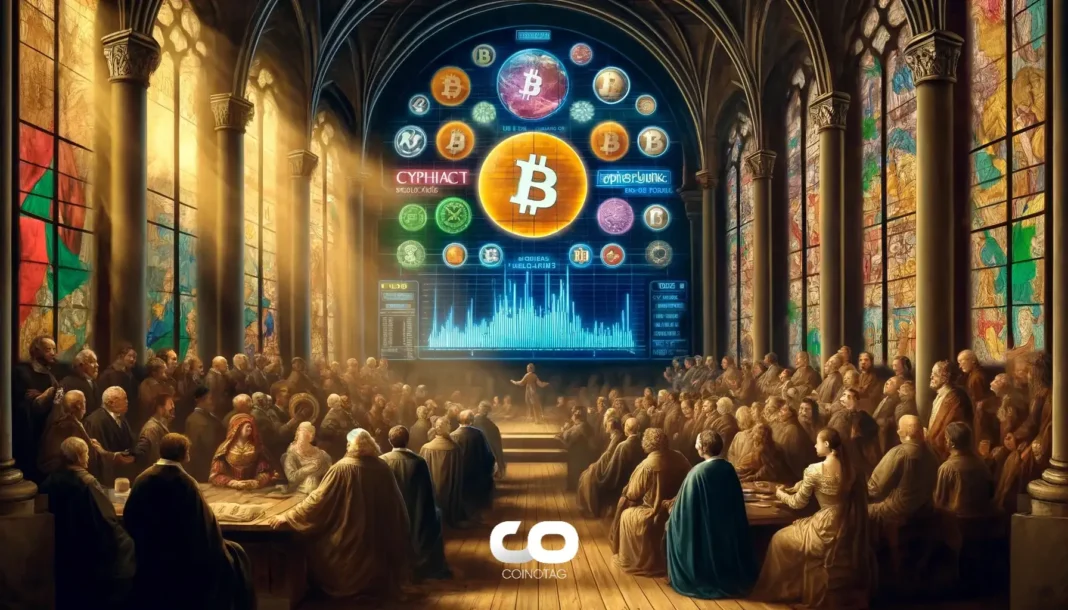The USDX depeg occurred after a Balancer exploit drained liquidity from Stable Labs’ synthetic stablecoin, causing its price to drop below $0.60 from a $1 peg. Stable Labs announced a phased USDX restoration arrangement to help holders recover value, supported by collateral and hedging, though without firm guarantees amid ongoing market stresses.
-
Balancer V2 Vault exploit on November 3 led to $1 million in losses from USDX/sUSDX pools, triggering liquidity pullbacks.
-
The depeg accelerated due to high borrowing rates and liquidations on platforms like Lista DAO and PancakeSwap.
-
Stable Labs’ recovery plan includes on-chain snapshots and phased repayments, but community concerns highlight transparency issues and delayed actions.
Explore the USDX depeg fallout and Stable Labs’ restoration plan—key insights on liquidity risks in DeFi. Stay informed on crypto stability measures today.
What Caused the USDX Depeg?
The USDX depeg stemmed from a security breach in the Balancer V2 Composable Stable pools on November 3, which compromised liquidity in USDX and sUSDX positions. Stable Labs, the issuer, initially pulled liquidity as a precaution but later confirmed a $1 million loss from the exploit. This event, combined with rising market borrowing rates, eroded confidence and drove the token’s price well below its $1 reference value, affecting holders across Ethereum and EVM chains.
How Did the Balancer Exploit Impact USDX Liquidity?
The Balancer exploit targeted the V2 Vault, allowing unauthorized access to assets in the USDX/sUSDX pools, as reported by on-chain security analyses from firms like PeckShield. Stable Labs responded by blacklisting the attacker’s wallet and restricting bridge flows, but the incident still led to a $1 million drain. Liquidity restoration began on BNB Chain via PancakeSwap, with Arbitrum and Base following after verification. However, elevated liquidation risks persisted, with Lista DAO executing a flash loan to liquidate 3.5 million USDX and recover 2.9 million USD1, minimizing exposure. Data from DeFiLlama shows USDX’s circulating supply plummeted from over $683 million, highlighting the vulnerability of collateralized synthetics in volatile conditions. Experts from Chainalysis note that such exploits often amplify depegs when hedging strategies lag behind market latency.
Frequently Asked Questions
What Is the USDX Restoration Arrangement Announced by Stable Labs?
The USDX restoration arrangement is a voluntary, phased framework from Stable Labs to address the depeg, identifying impacted holders via on-chain snapshots. It aims to restore balances to a $1 reference without guarantees, depending on liquidity and cooperative efforts. This follows the Balancer exploit’s liquidity disruptions, with phases tied to resource planning to mitigate ongoing liquidation risks.
Is USDX Safe to Use After the Depeg and Exploit?
USDX and sUSDX remain operational on verified chains like BNB, but users should monitor positions carefully due to high borrowing rates and potential liquidations on integrated platforms. Stable Labs has covered direct losses and restored select liquidity, yet the depeg underscores DeFi risks—assess collateral health before engaging, as advised by protocols like PancakeSwap.
Key Takeaways
- Exploit-Driven Depeg: The Balancer V2 breach on November 3 exposed $1 million in USDX liquidity, sparking a rapid price drop amid climbing market stresses.
- Phased Recovery Focus: Stable Labs’ plan uses on-chain data for holder identification, emphasizing collateral hedging despite community calls for faster transparency.
- Broader DeFi Lessons: Monitor vault exposures on lending platforms like Lista DAO to avoid liquidation cascades—diversify stablecoin holdings for resilience.
Conclusion
The USDX depeg event, triggered by the Balancer exploit and exacerbated by liquidity strains, underscores the fragility of synthetic stablecoins in DeFi ecosystems. Stable Labs’ USDX restoration arrangement offers a structured path forward through phased recoveries, backed by collateral positions and market adjustments. As the crypto landscape evolves, holders are encouraged to prioritize platforms with robust security audits and transparent reporting to navigate future volatilities effectively.
Stable Labs’ announcement came after days of market uncertainty, detailing how extreme conditions led to the deviation from the $1 peg. The company’s stabilization mechanisms, reliant on collateralized positions and hedging, faced delays typical in high-volatility scenarios. This phased approach prioritizes impacted users, with registration via an on-chain snapshot to ensure fair allocation. Yet, social media feedback on platforms like X revealed frustrations over the lack of immediate commitments and reserve transparency, including rumors of a closed Discord channel. Concerns also mounted about liquidation timelines on DeFi protocols still exposed to USDX or sUSDX.
Tracing back, the incident unfolded post the November 3 Balancer disclosure, affecting multiple EVM chains. USDX’s initial safety assurances gave way to the exploit confirmation, prompting swift defenses like wallet blacklists and security collaborations. Restoration efforts progressed unevenly: BNB Chain liquidity returned safely, while others awaited clearance. The timing, amid surging borrowing rates, intensified the liquidity crunch, pushing USDX below $0.60 by November 6.
Lending integrations like Lista DAO highlighted the fallout, monitoring vaults with unchecked high rates on sUSDX and USDX collateral. Their proactive liquidation via flash loan preserved value, recovering significant USD1. Similarly, PancakeSwap urged position vigilance. These actions reflect DeFi’s interconnected risks, where a single exploit ripples across protocols. According to blockchain analytics from Dune, such events have historically led to 20-30% temporary supply contractions in affected stables.
Stable Labs emphasized no direct user fund losses, focusing on internal coverage. Yet, the depeg’s persistence signals deeper challenges in synthetic design. Industry observers from Messari reports suggest enhanced multi-chain verifications could prevent future latencies. For USDX holders, the restoration form provides an entry point, but diversification remains key in this dynamic space.
Overall, this episode reinforces the need for vigilant liquidity management. As recovery unfolds, watching market conditions will be crucial for all DeFi participants.






